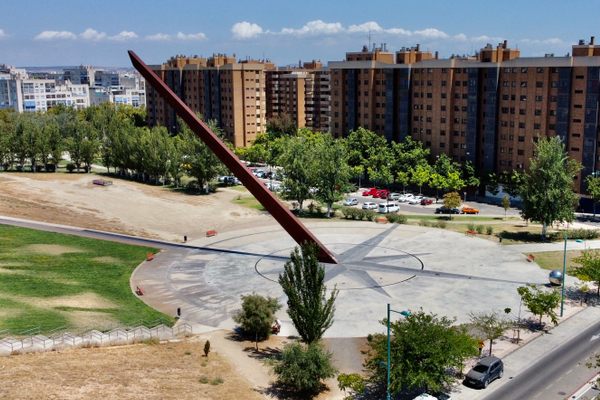AO Edited
Educational Museum Origami Zaragoza
The first museum in Europe dedicated to the art of origami.
The Centro de Historias de Zaragoza is a modern art museum in the Spanish city of Zaragoza, some 200 miles northeast of Madrid. On the second floor of the building is a separate museum dedicated to the art of origami. It’s the first museum in Europe devoted exclusively to origami.
Origami, the Japanese art of paper folding, dates back to the sixth century, when paper was introduced to Japan by Buddhist monks. It originally had a ceremonial and religious significance, as the folded paper was used in Shinto rituals.
In the Edo period between 1603 and 1868, origami became a popular leisure activity, and instructional books such as Senbazuru Orikata were published in 1797. Modern origami developed in the 20th century, mainly under the influence of Akira Yoshizawa, who developed a notation system for folding. Today, origami is both an artistic pursuit and a mathematical study and is celebrated worldwide for its creativity and complexity.
The Origami Museum in Zaragoza, Spain, known as the Museo del Origami de Zaragoza (EMOZ), was opened in 2013. The museum was founded to showcase the rich tradition and contemporary innovations of origami and to display works by renowned artists from all over the world. It offers changing exhibitions, workshops, and educational programs. The EMOZ aims to preserve and develop the cultural heritage of origami, attracting enthusiasts and scholars from around the world.
Know Before You Go
A regular ticket is three euros.
The origami museum closes on Mondays and is open from 10 a.m. to 2 p.m. and then from 5 to 9 p.m. Tuesdays to Saturdays and from 10 a.m. to 2.30 p.m. on Sundays.


























Follow us on Twitter to get the latest on the world's hidden wonders.
Like us on Facebook to get the latest on the world's hidden wonders.
Follow us on Twitter Like us on Facebook